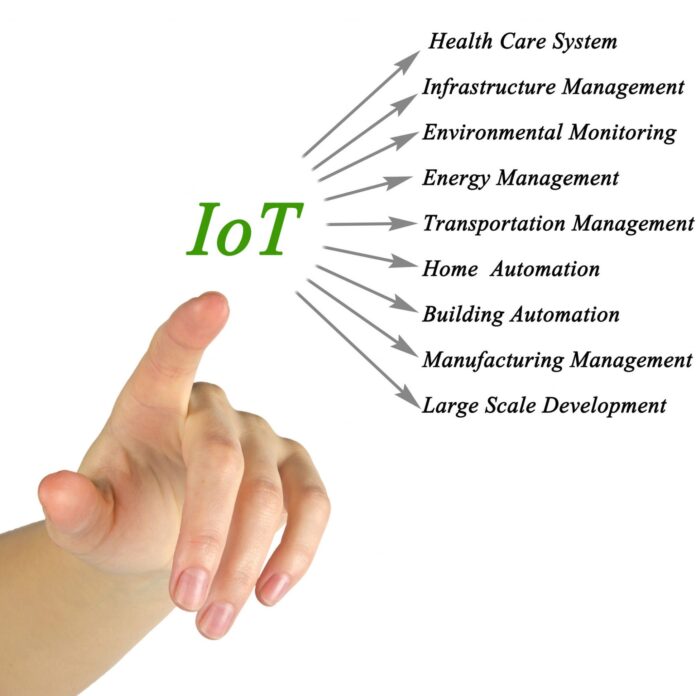Plans are to shutdown the GSM network by January 2017
AT&T initially announced plans to shut down its 2G network in mid-2012, noting at the time the move would allow the carrier to free-up vital spectrum assets in the 850 MHz and 1.9 GHz bands to support its current HSPA-based 3G and LTE-based services.
But what does a 2G shutdown mean for customers who use the lower level of connectivity for automated “Internet of Things” devices like sensors or security systems? We posed that question to AT&T.
“Since we launched our 2G networks, new technologies such as smartphones, social media and wirelessly connected machines send large amounts of data across our networks. In order to meet this demand, we need to allocate our spectrum as efficiently as possible,” AT&T said. “IoT customers will be able to significantly improve their applications and solutions (e.g. video cameras for real-time streaming/records for alarm solutions; driver dash cameras for fleet trucks; etc.) because of the higher speeds of the upgraded network, allowing them to better serve their customers and employees. These enhancements would not be possible on the 2G network. The retirement of our 2G network – like our earlier retirement of the analog wireless network – is part of the continuing evolution of AT&T’s network infrastructure.
“We announced in 2012 our plans to fully discontinue 2G service by approximately Jan. 1, 2017. We have worked to be transparent about our plans and continue to proactively communicate with IoT customers who are using our 2G network today about the options and benefits to upgrading to our more advanced networks. Once IoT customers migrate from the 2G network, they will have the coverage of our 3G and 4G LTE network, which covers more than 99% of Americans. Most IoT customers with 2G devices are choosing a replacement device that includes an AT&T-approved 3G or 4G LTE radio module. Some customers are deploying new or upgraded IoT devices with AT&T-approved radio modules, which incorporate chipsets supporting 3G or 4G LTE. We can’t speak to the other carriers’ plans, but adding spectrum and managing our existing spectrum for its most efficient use provides customers with the best wireless experience. This is a top priority for AT&T.”
So there you have it.

